Destiny 2 Lightfall and Season 20 Overview
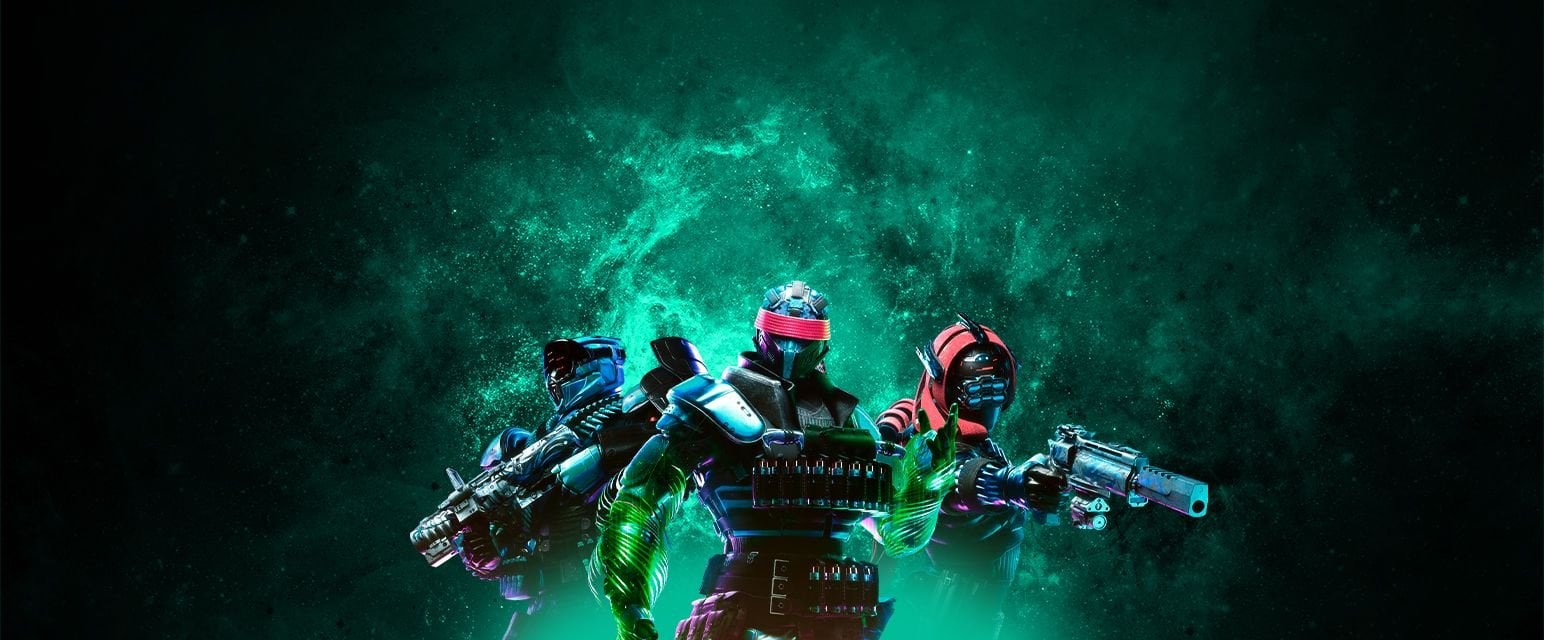
Season 20 of Destiny 2, called Season of Defiance, came out on February 28 alongside the game’s last expansion, Lightfall. It was originally intended as the culmination of the main storyline with a strong emphasis on the ultimate antagonist, the Witness.
However, with The Final Shape now looming on the horizon, Lightfall was repositioned as the penultimate chapter. As a result, the DLC’s primary antagonist shifted from the Witness to Calus. Nevertheless, Lightfall remains one of the most extensive and challenging expansions this game has ever had.
Besides the story, Bungie introduced plenty of content additions and gameplay changes. There are not only new activities, weapons, and locations, but also several new mechanics. They improved the general quality of life and streamline certain other aspects. So, what’s new in Lightfall?
Story
The plot mostly revolves around the exploits of the Witness. It’s that pale lanky alien you must’ve seen in the promotional materials. They are a creature of Darkness, whose ambitions are obscure but ultimately pit them against the Light. You and the other Guardians will try to stop them.
In the Season of Defiance story, the Witness allied themselves with Calus, who returns to lead an army of Cabal against you once more. The expansion takes place primarily on Neptune, making its debut in Destiny 2. The central location is Neomuna, a massive and vibrant megacity with a lot of vertical mobility.
Strand
Strand is a new green sort of energy and a subclass. It’s supposed to be a manifestation of psychic energy throughout the cosmos. It often has telekinetic or otherwise manipulative properties. One of the main Strand additions is the Grapple, a grappling hook that occupies the grenade slot.
This hook feature is one of the most curious aspects of Strand in this Season of Defiance overview. Guardians can hook onto special grappling points, but it’s also possible to latch onto anything temporarily. That includes vehicles or walls in various combinations, essentially creating a new exciting mode of travel.
Each of the classes gets a Strand-based variety: Broodweaver (Warlock), Berserker (Titan), and Threadrunner (Hunter). There are plenty of abilities that offer a unique playstyle for each class. Broodweavers excel at manipulating Threadlings. Berserkers just get to smash everything with unstoppable force. Threadrunner is an agile subclass with a focus on melee.
Many abilities suspend enemies, turning them immobile and open to incoming damage. Other skills produce Threadlings that can independently seek out and inflict harm upon enemy targets. To better understand how Strand works in each class, you can check out our full coverage regarding the matter. And if you’re interested in finding the best build for your character, don’t hesitate to take a look at our Lightfall guide.
Guardian Ranks
Lightfall adds an updated progression system to the game. Completing certain in-game objectives will let you reach a higher rank, with 11 ranks in total. The first 6 levels are permanent: they correspond to the beginner’s level of game mastery. The other 5 levels will be revoked each season.
The logic behind this system is to guide beginners through the different aspects of the game experience and remind veterans about the advanced elements. It’s also a way of seeing who you’re playing with, as these ranks are displayed openly. Level 11 implies mastery of the game, attracting the respect of fellow Guardians.
Commendations
A small but infinitely welcome system, commendations allow players to mark certain comrades for their outstanding behavior during the game. After the match, you can praise one of your teammates for their skill, leadership, friendliness, or being a valuable ally.
There are many commendation categories, some specific to certain Season of Defiance activities like raids, dungeons, or Trials of Osiris. Like with similar systems in other games, it’s mostly done to express gratitude or recognition. There are rewards for earning these, especially in the Guardian Rank progression, but the system isn’t meant for gain.
Preset Loadouts
Preset loadouts are a necessary mechanic for a gear-heavy game like Destiny 2, and Bungie finally introduced it. You get to save certain equipment and weapons as part of a preset and view its contents in minute detail at any moment. Switching between loadouts is available almost at any moment even during activities.
Each character has 10 presets, unlocked gradually by reaching higher ranks. This is individual for each character. It means you can have up to 30 different loadouts on your account. You can pick a certain build you’ve assembled and labeled for a specific purpose instead of going through your equipment each time.
Weapon Crafting
The Season of Defiance weapons crafting system is gradually becoming simpler. Previously, shaping and otherwise changing weapons would require numerous different currencies. Resonance Elements, the central resource in most shaping efforts, will be removed in favor of regular currencies like Glimmer.
Advanced weapon changes currently require various alloys. Harmonic and Resonant Alloys will soon be removed. Ascendant Alloys will stay, and they might replace the other two for most related functions. All of that will make crafting a lot simpler and more fun.
Strike Changes
Curiously, perhaps in line with the overall increase in difficulty, the Season of Defiance dungeon roster is getting a rework. That includes early strikes like Arms Dealer and Lake of Shadows. They are getting new enemies, pacing, and layout to better correspond with the many new mechanics the game received over the years.
The Vanguard Ops, in its entirety, will now have the scoring system. Every little effort towards victory will add a few points to your score. Earning more points gives you a bigger multiplier for the Vanguard Rank progression, starting with x1 at 30,000 points to x7 at 250,000.
Crucible Changes
The Destiny 2 Season of Defiance content additions also include PvP changes. The new subclasses and weapons wrecked the meta and made things more chaotic, at least in the first week. Strand dominated this starting stage, especially considering that Woven Mail, a new Strand ability, reduces incoming damage in both PvE and PvP.
There won’t be any new maps until later seasons, but several new gamemodes are coming during Lightfall, including:
- Countdown, where two teams try to plant and defuse bombs respectively,
- Countdown Rush, the variety with respawns,
- Checkmate Control, where ability and weapon characteristics are balanced to favor shooting
The frequency of Competitive gamemodes and maps changed. Survival takes the spotlight, while Rift or Showdown will only appear about 33% of the time combined. Regarding maps, Endless Vale, Javelin-4, and Altar of Flame will be more prominent. Disjunction and Cathedral of Dusk are removed entirely. It’s a good change, at least according to this Destiny 2 Season 20 overview.
The devs also introduced the “Notswap” setting for high-stake games in Trials of Osiris and Competitive. It comes in light of the new system of preset loadouts, which allows you to quickly swap equipment. If “Notswap” is active, swapping Exotic armor will drain all your abilities, which seems fair.
Exotic Weapons
The Season of Defiance Exotic weapons include three new guns:
- Final Warning, a Strand sidearm with an “All at Once” trait for increased burst fire against enemies in range,
- Deterministic Chaos, a Void machine gun with a “Heavy Metal” trait granting a weakening effect for each fourth bullet,
- Winterbite, an Arc glaive with a “Big Frigid Glaive” trait allowing you to shoot a ball of freezing energy
They are powerful weapons in their own ways, and Final Warning is the only Exotic Strand armament in the game. Each of them is received from a respective quest. Final Warning will only become available on March 10, while the other two can be earned after finishing the main story.
Additionally, the Season of Defiance armor is represented by six pieces of gear: two helmets, three pieces of leg armor, and one pair of gauntlets. Getting these weapons and the armor of this level can be challenging, and you can purchase special Destiny 2 services to delegate the process to others.
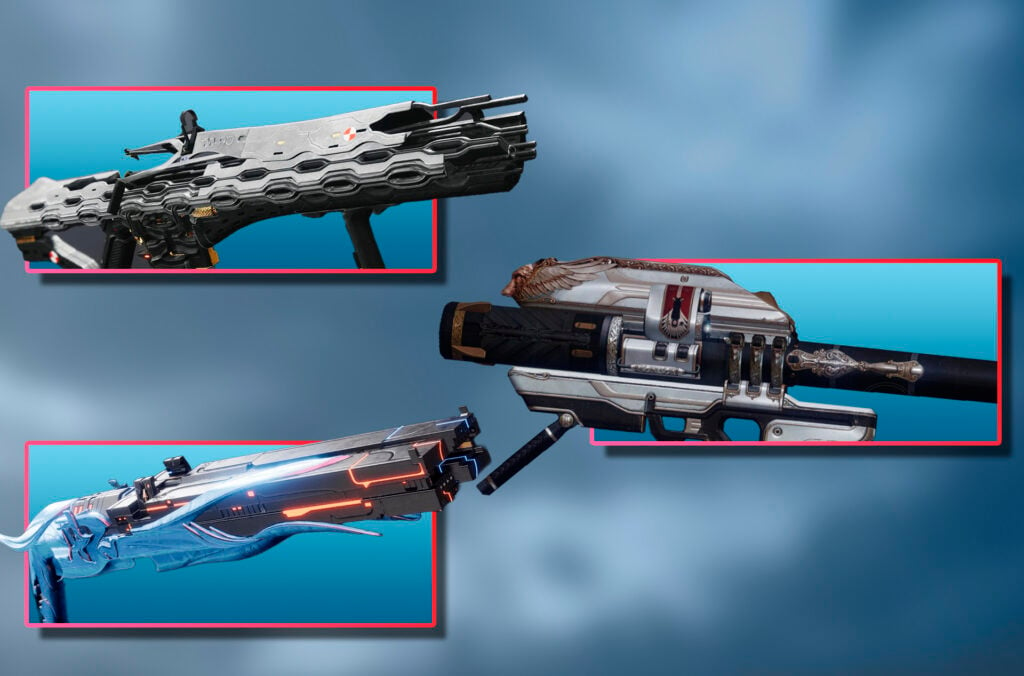
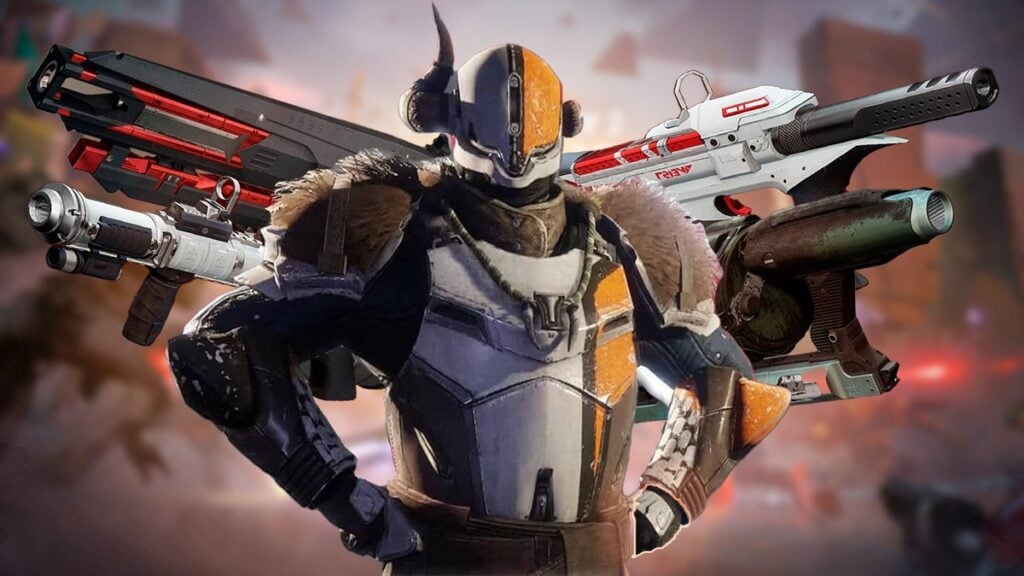
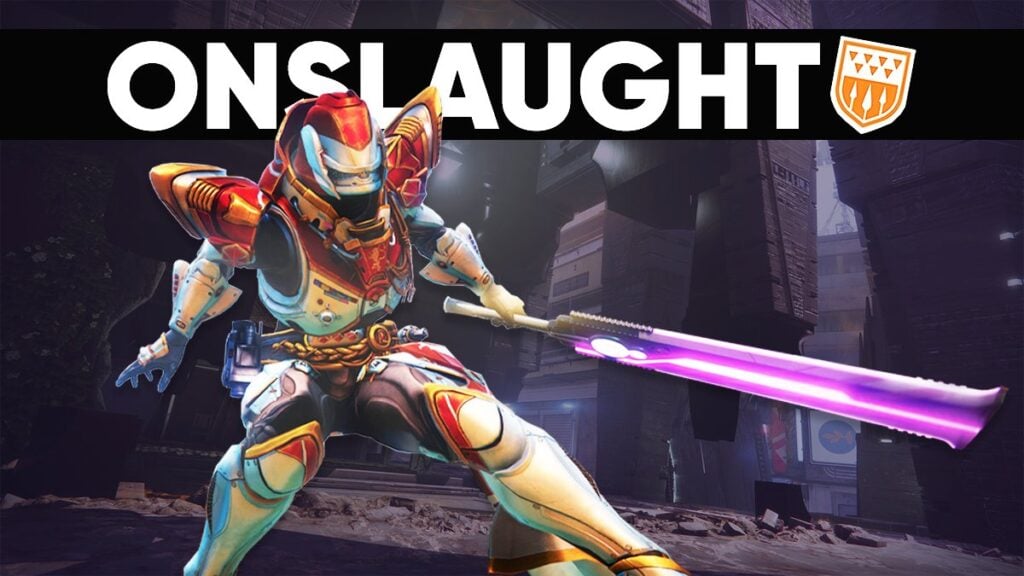
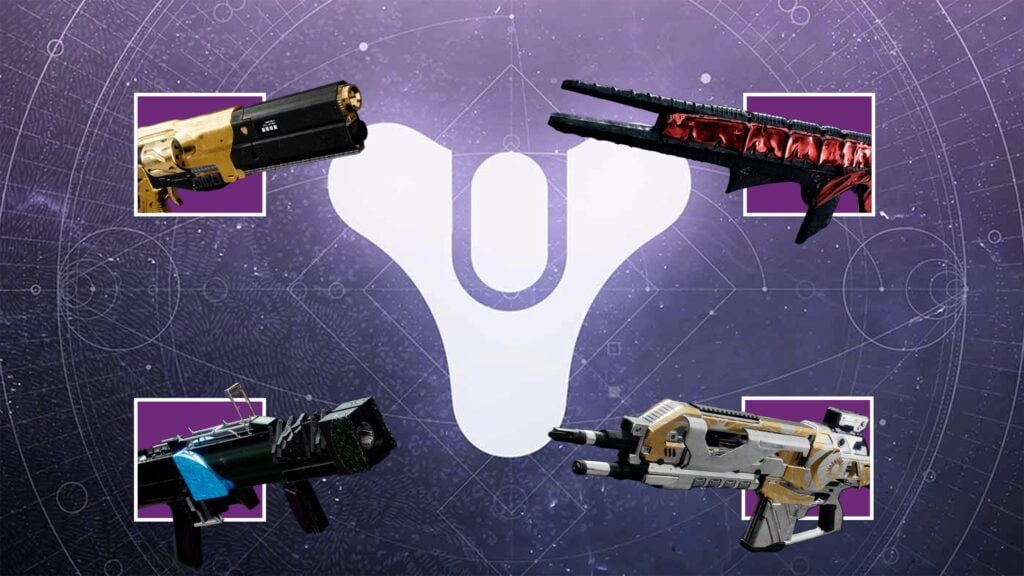
Comments